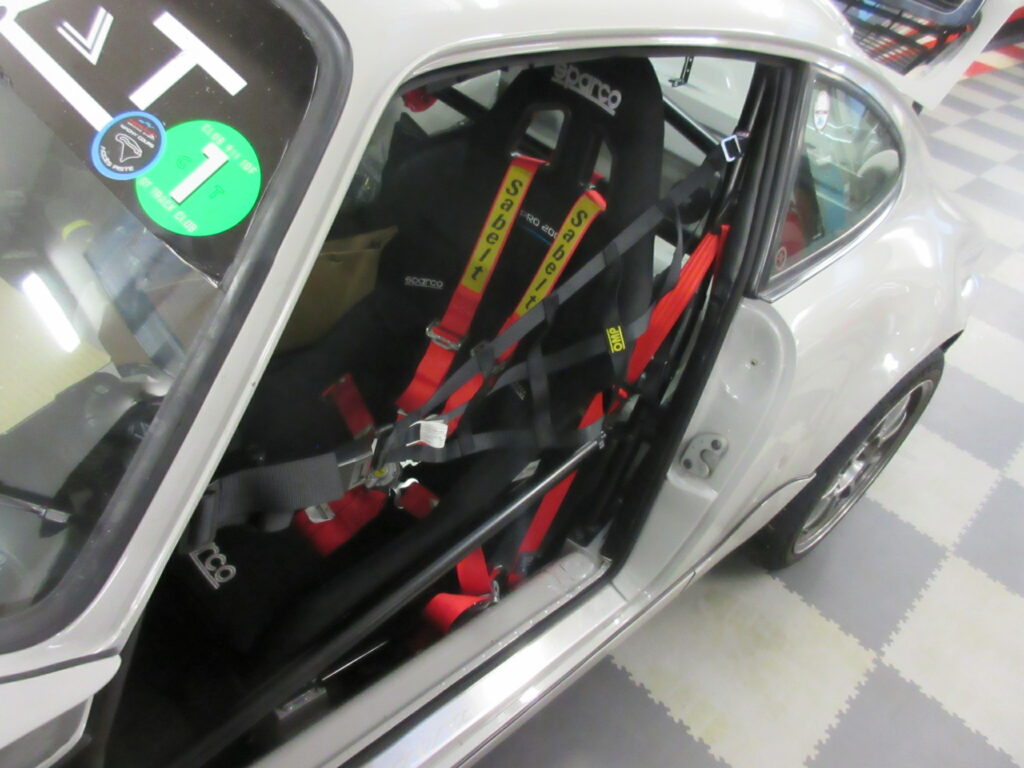The 2023 Ferdinand Cup season ended in a grand finale. How about joining us this year? Don’t worry, it's much easier than you think!
From Magny-Cours to the Anneau du Rhin, and including Dijon, Pau, Charade, and Spa, last season was truly spectacular. with the participation of 75 drivers and 67 cars. The field keeps growing, and many future competitors and partners have already reached out. How about becoming a Ferdinand Cup driver yourself? If you don’t have a car, don’t worry. Specialized listing sites offer a range of race-equipped vehicles for all budgets. And if you're interested in the challenge of preparation, there are plenty of solutions available.
The tuner the JS Speed Shop teamwho takes care of a good third of the FC cars, is well-qualified to advise you. "On a small budget, starting with a 2.0L 924 is ideal,” Jérôme Salva tells us. “It allows you to enter the FC4 category, which has incredible potential. If you team up with someone, you can have a race-ready car for around 12,000 euros, which is extremely attractive. With a slightly higher budget, I would go for a 924 S or a 944 S2, both are reasonably priced and offer very respectable performance. For a budget just over 20 000 euros, you can easily challenge 911 3.2 models, which are harder to handle. However, if you have a bit more budget, you can opt for a 964 or a 993, which are very enjoyable to drive," and well within reach for a gentleman driver, with a budget between 70 000 and 100 000 euros."
"To be comply with the technical regulations and for a simple project, you mainly need to install safety elements to obtain an FFSA passport. This includes a 6-point roll cage, bucket seats, harnesses, a kill switch, tow hooks, and safety film for the windows. You don't need more to get on the track. Plus, it allows you to have a 'road legal' car that you can even drive to the track. The cost of such preparation ranges between 3 000 and 5 000 euros." ».



Regarding the operating budget, if you exclude transportation costs, which can vary depending on where you live and how you travel, it is relatively low for three hours of track time per weekend. You need to account for a few key expenses, an entry fee of 1,250 euros excluding VAT per race,which you can split in half if you share with a teammate. Then, for the car, for a vehicle like a 944 S2, you'll spend approximately two sets of brake pads, one set of discs, and two sets of tires over the course of the year. One oil change at the end of the season, and that's it! The rest is juste "fueling and checking the oil level."You can manage with a budget between 1,500 and 2,000 euros per race, whether you're alone or with a teammate," he concludes.
It can't be emphasized enough that while the sporting aspect and the thrill of driving a classic Porsche in a race are major attractions, it's the camaraderie and the interactions between enthusiasts that bring more than thirty cars to the starting grid, ready to compete. If you don't believe it, give it a try. You'll catch the bug!
